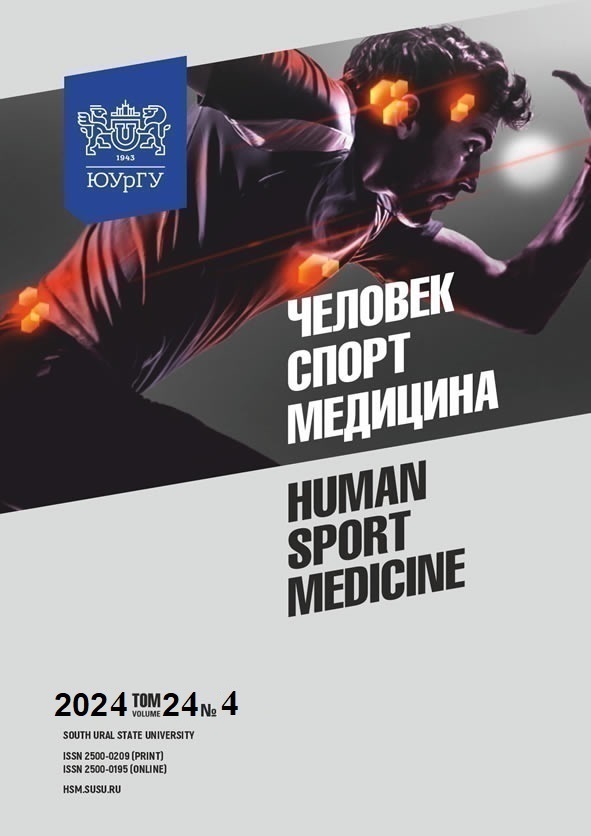PHYSICAL DEVELOPMENT AND PHYSICAL FITNESS OF CHILDREN AND ADULTS IN RUSSIA
Abstract
Aim. This study examines the relationship between physical development and physical fitness in children and adults. Materials and methods. The research sample involved 3110 boys and 2745 girls from Russia; 254 girls and 234 boys from Belarus; aged 6–10 years; and 480 men and women aged 25–70+ years engaged in regular physical activity. The research methodology involved anthropometry, tonometry, pulse measurements, and age-adjusted physical fitness assessments (GTO tests). Results. Though in general BMI was within reference values, our findings reveal a trend of obesity risk in Russia, particularly among males, starting at age 7, progressing through childhood, and persisting into adulthood (40–49 and over 60 years). Childhood obesity correlates with lower physical fitness and increased stress during age-related cardiovascular adaptations. In contrast, regular physical activity in adulthood mitigates the negative impact of excess body weight on physical fitness and functional performance. Conclusion. Key recommendations for obesity prevention include: educational programs fostering physical education awareness among children, parents, and older individuals; development of family traditions supporting regular physical activities; creation of environments encouraging the need for regular exercise in educational institutions; implementation of health monitoring programs across various populations; promotion of healthy lifestyles through targeted information campaigns.
References
References on translit
Copyright (c) 2025 Human. Sport. Medicine

This work is licensed under a Creative Commons Attribution-NonCommercial-NoDerivatives 4.0 International License.















